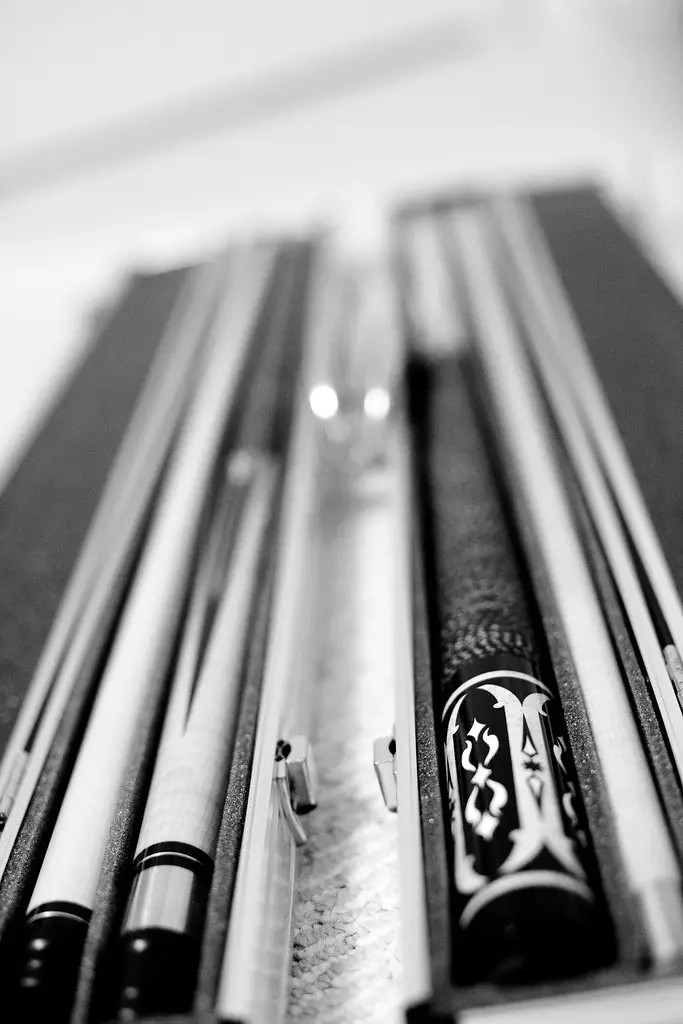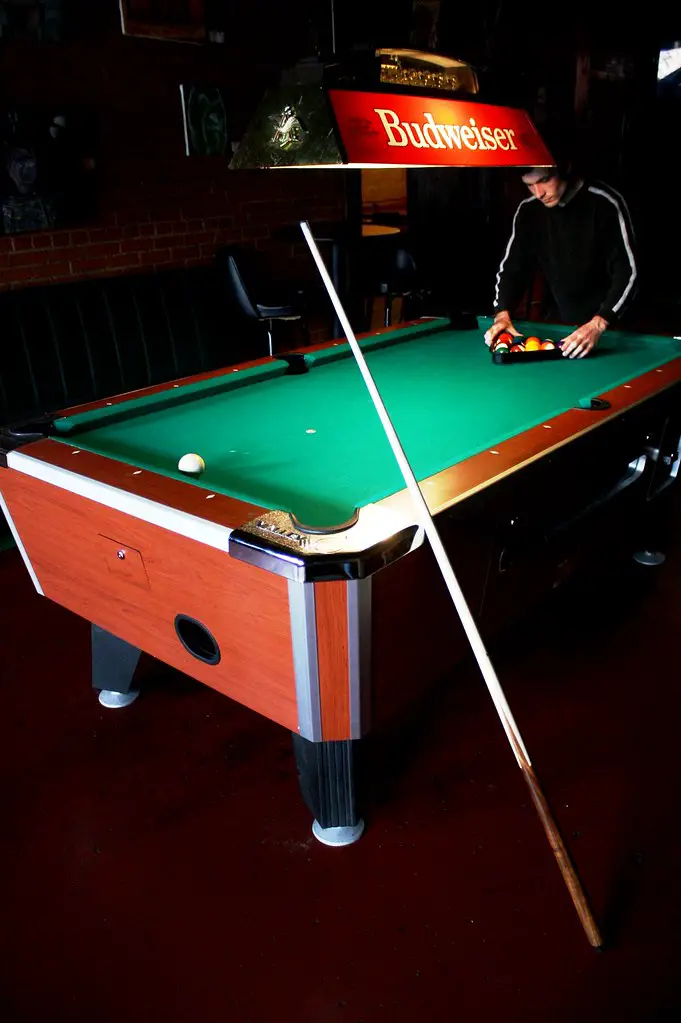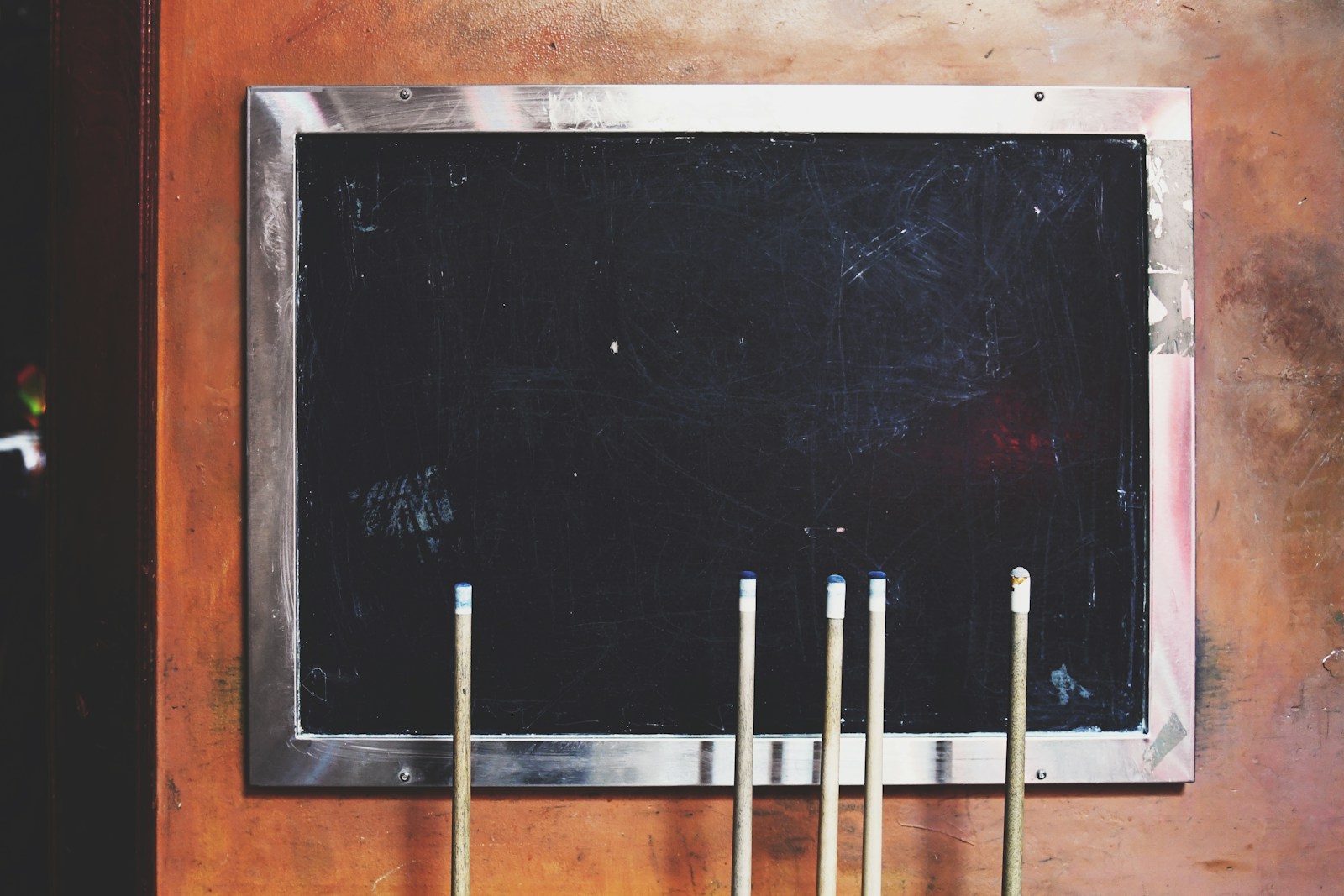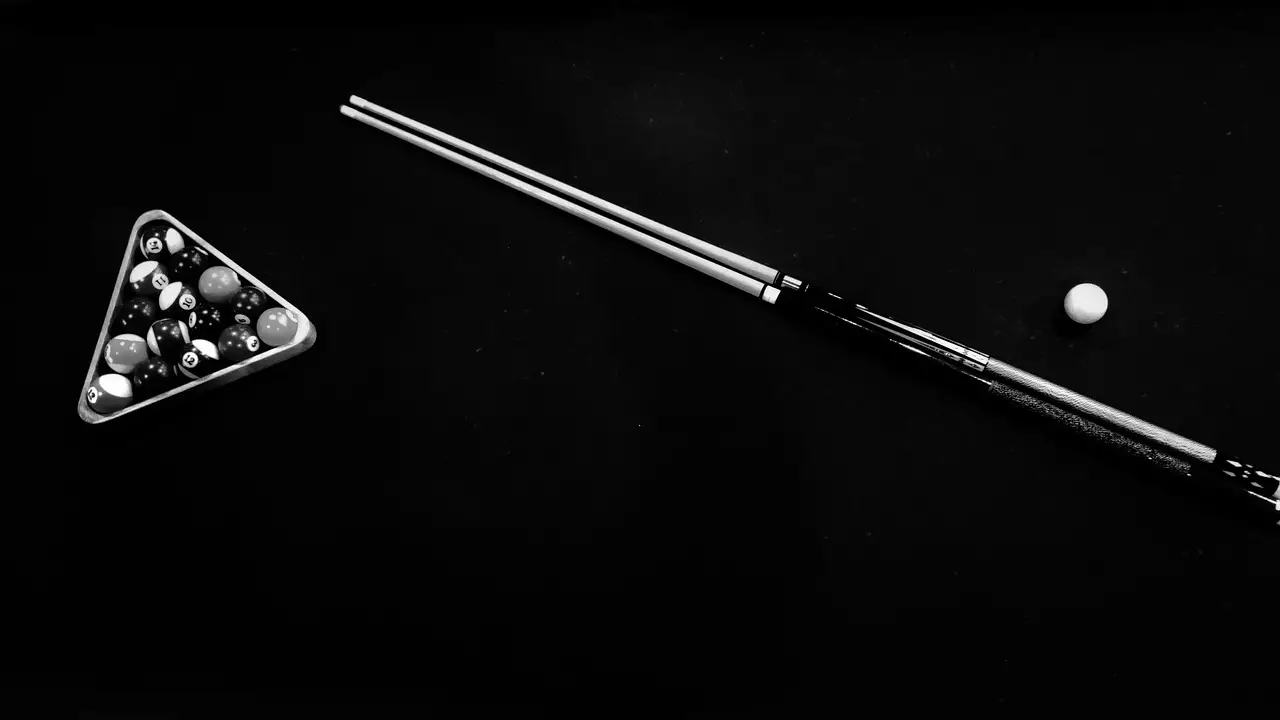
Billiard Cue Sticks Tip Materials: Leather vs. Phenolic vs. Hybrid
Billiards, a game of precision and finesse, relies on an often-overlooked yet critical element of the cue stick—its tip. The tip’s material is the silent force behind every shot, absorbing energy from the stroke and transferring it precisely to the cue ball. In this guide, we’ll explore the three most popular cue tip materials—leather, phenolic, and hybrid—and their impacts on the game. For enthusiasts seeking to elevate their play, understanding the nuances of these materials is essential.
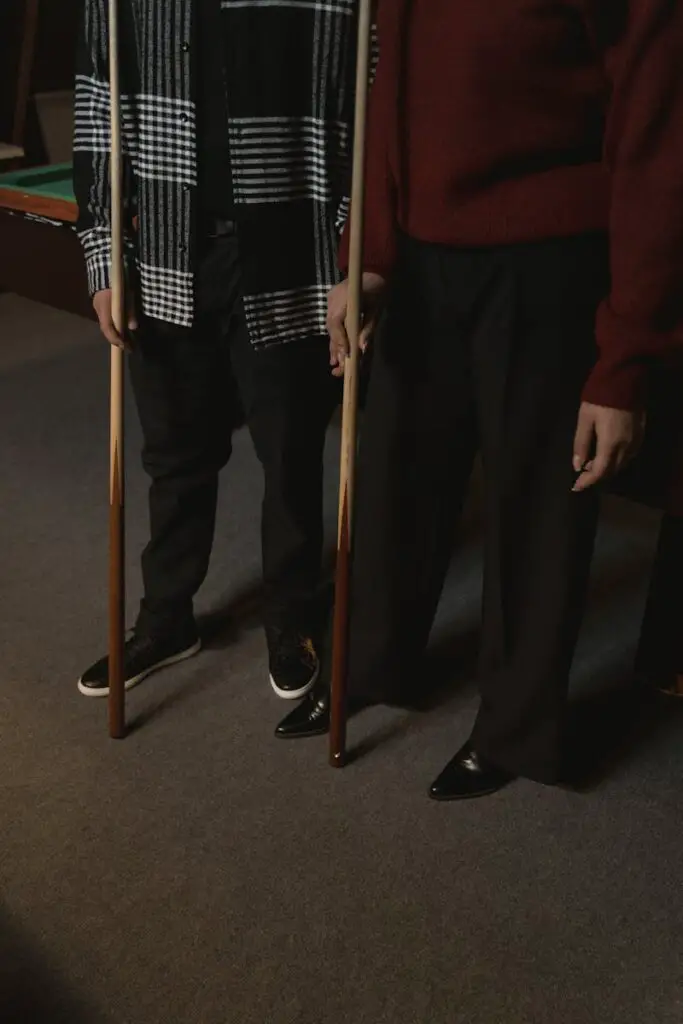
Leather Tip: Tradition and Touch
Characteristics and Benefits
Leather cue tips are the traditionalists’ choice, renowned for their superior grip on the cue ball. Made from treated animal hide, they have a soft, porous structure that allows for excellent chalk retention, giving players consistent shots.
Performance Impact on Game Play
The supple nature of leather tips allows for a significant “sweet spot” on the cue ball, providing more spin control—a game-changer for professionals and novices alike. Furthermore, they offer a natural ‘feel,’ crucial for those finesse-loaded shots that can make the difference between winning and losing.
Phenolic Tip: The Precision Tool
Characteristics and Benefits
In stark contrast to leather, phenolic tips are a modern, high-density product typically made of layers of paper or fabric impregnated with a phenolic resin. They are ultra-hard and have a non-porous surface, making them virtually indestructible and ensuring consistent play without the need for much maintenance.
Performance Impact on Game Play
The rigidity of phenolic tips brings about an enhanced transfer of energy, creating less distortion in shots. This characteristic is especially prized for breaking and hitting jump shots, where the player needs a flat and symmetric connection with the cue ball.
Hybrid Tip: Best of Both Worlds
Characteristics and Benefits
Hybrid tips aim to blend the advantages of leather and phenolic into a single offering. With a leather-based foundation but coated in a protective layer of phenolic, they promise extended life and reduced maintenance while still maintaining some of the touch and feel of leather tips.
Performance Impact on Game Play
These tips are steadily gaining popularity for providing a middle ground between traditional and modern material benefits. Players enjoy the enhanced longevity without sacrificing the spin or shot flexibility afforded by the leather underlayer.
Comparison and Considerations
When choosing between these materials, various factors come into play.
Durability and Maintenance
Leather tips are more prone to wear and need regular scuffing and shaping, whereas phenolic tips can go for a long time with minimum maintenance. Hybrids offer a balance, with less frequent care required compared to leather.
Cost
Phenolic and hybrid tips often come at a higher price point than their leather counterparts. However, considering the longer lifespan and less frequent need for replacement, the higher initial cost might balance out over time.
Playing Styles
Different cue tip materials cater to various playing styles. Leather tips are favored by those who rely on spin and touch, while phenolic tips are the go-to for players who need a consistent, powerful stroke.

Tips for Choosing the Right Tip Material
Selecting the ideal cue tip involves more than just knowing the basics.
Player Skill Level
Novices might feel more comfortable with the versatility and touch of leather tips. However, as they develop a more powerful and precise stroke, transitioning to phenolic or hybrid tips could be beneficial.
Frequency of Play and Personal Preference
For casual players, the comfort and tradition of leather tips may be more important than the complications of caring for phenolic tips. Avid players, on the other hand, might prioritize performance benefits over material care.
Conclusion
The choice between leather, phenolic, and hybrid cue stick tips is not just a matter of preference; it can significantly affect your performance on the billiards table. Each material offers a unique set of benefits that cater to different aspects of the game and to individual playing styles. Experimentation and experience will ultimately guide you towards the tip material that feels like a natural extension of your game.
In the end, the billiard cue tip serves as the bridge between the player and the game. Its material might be a small part, but in the world of billiards, it is the small parts that make the big differences. Whether you opt for the tradition of leather, the precision of phenolic, or the balance of a hybrid, the time invested in understanding your choices will be well worth it as you aim, shoot, and dominate the table.

